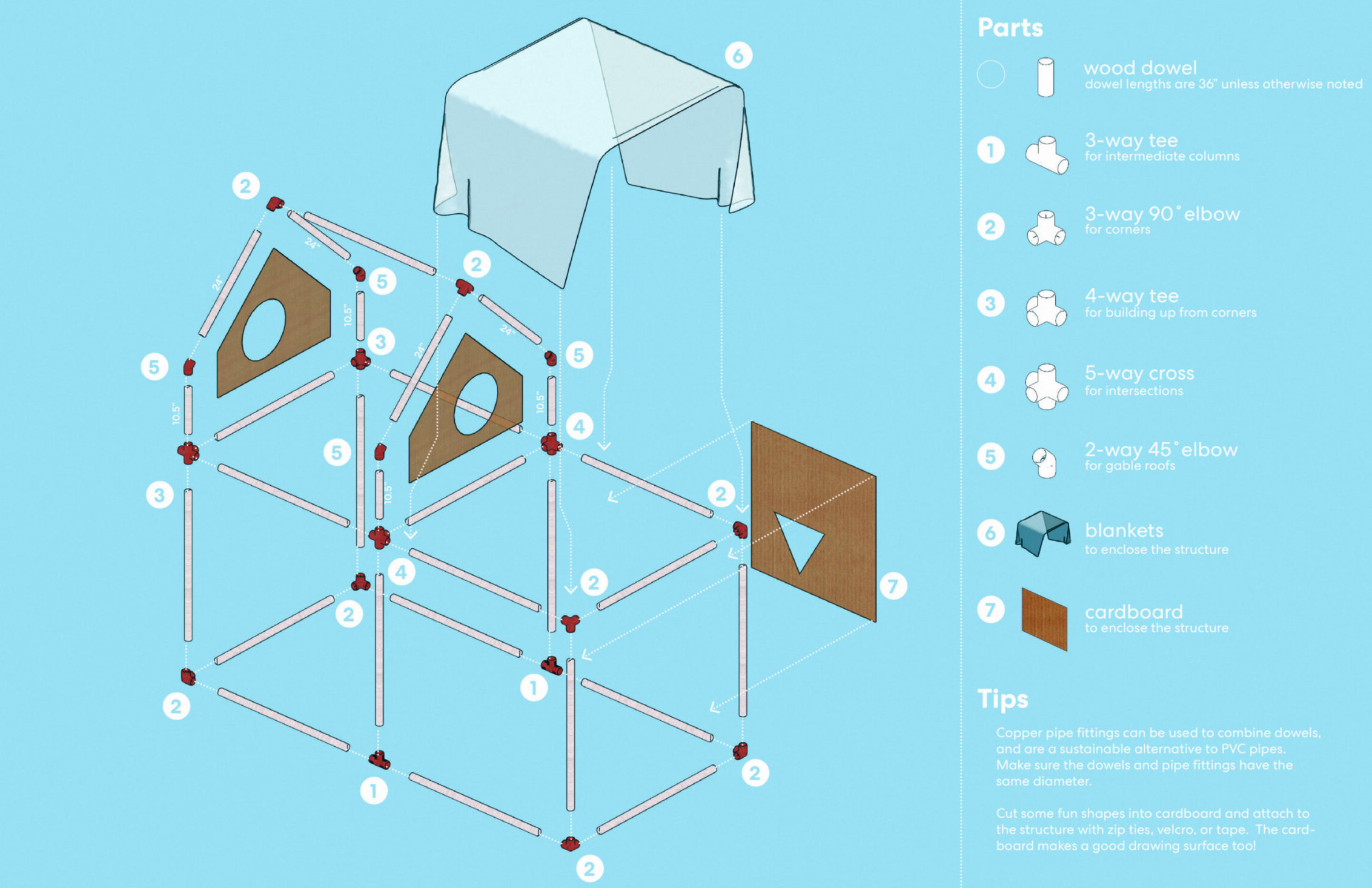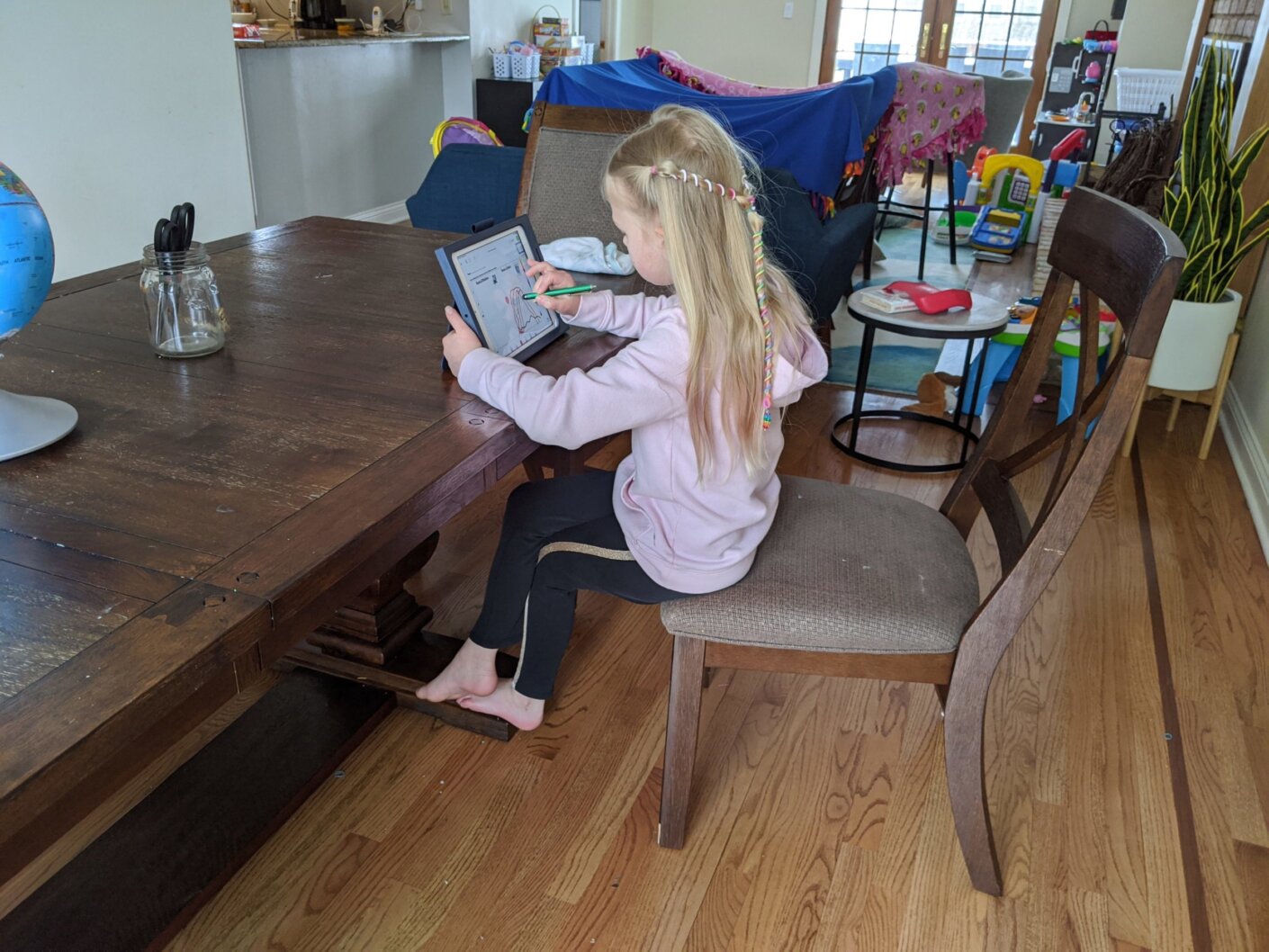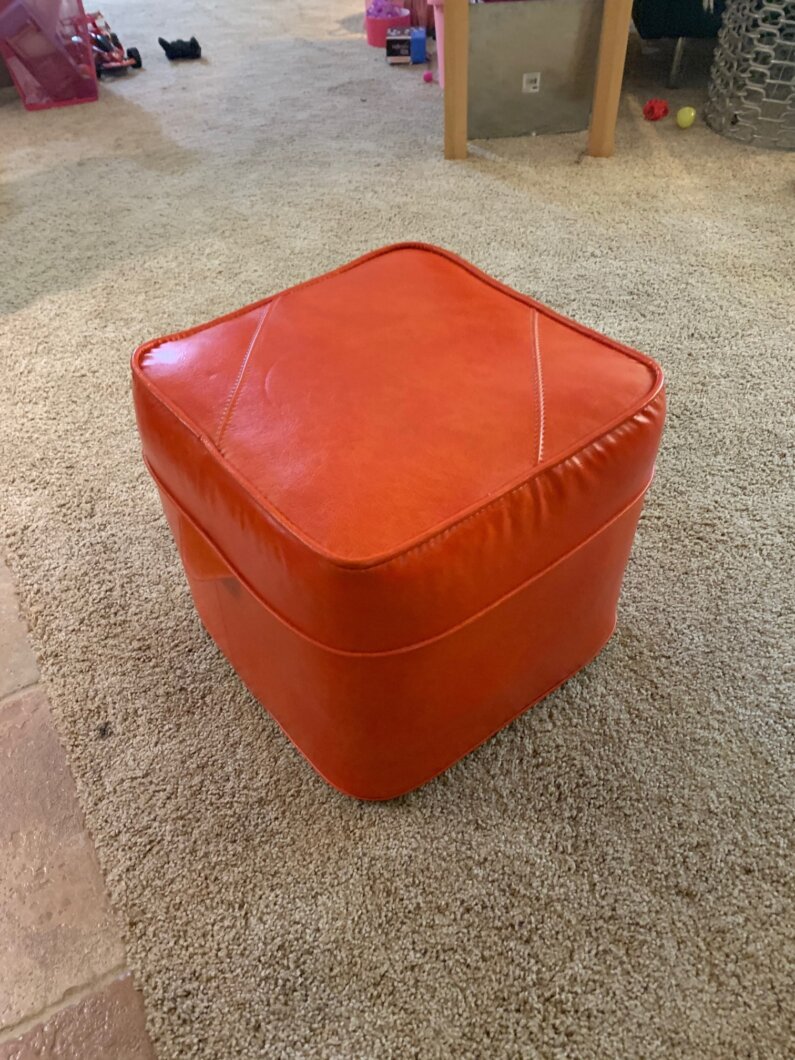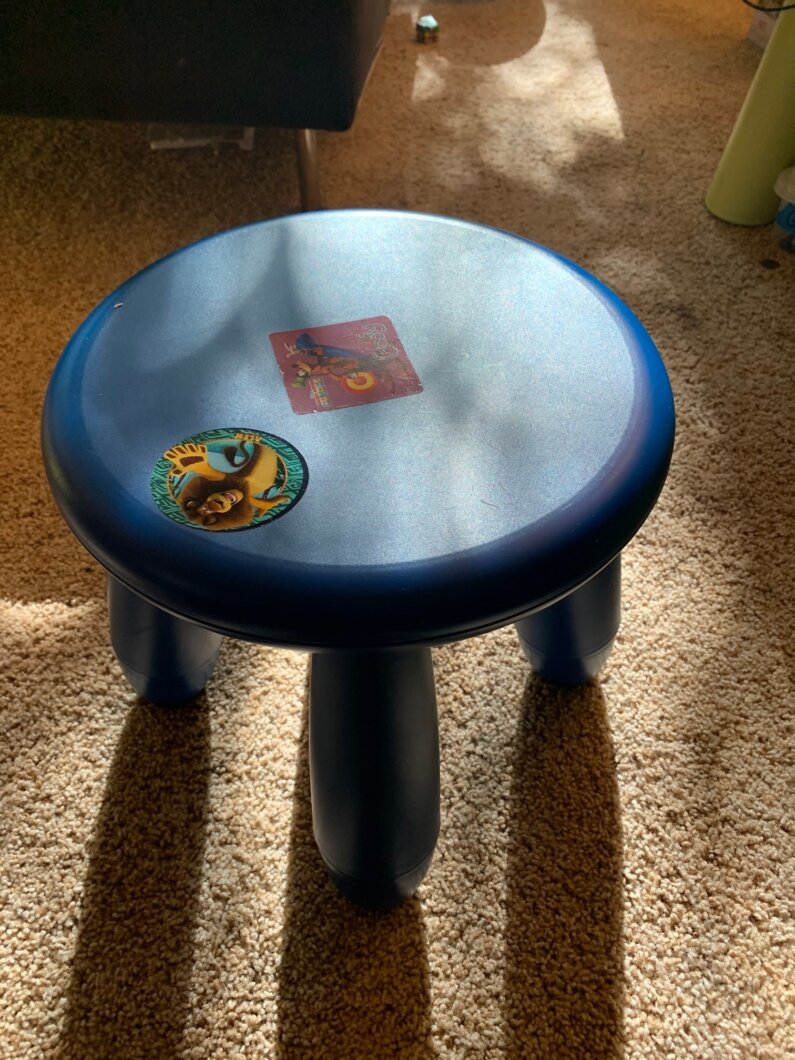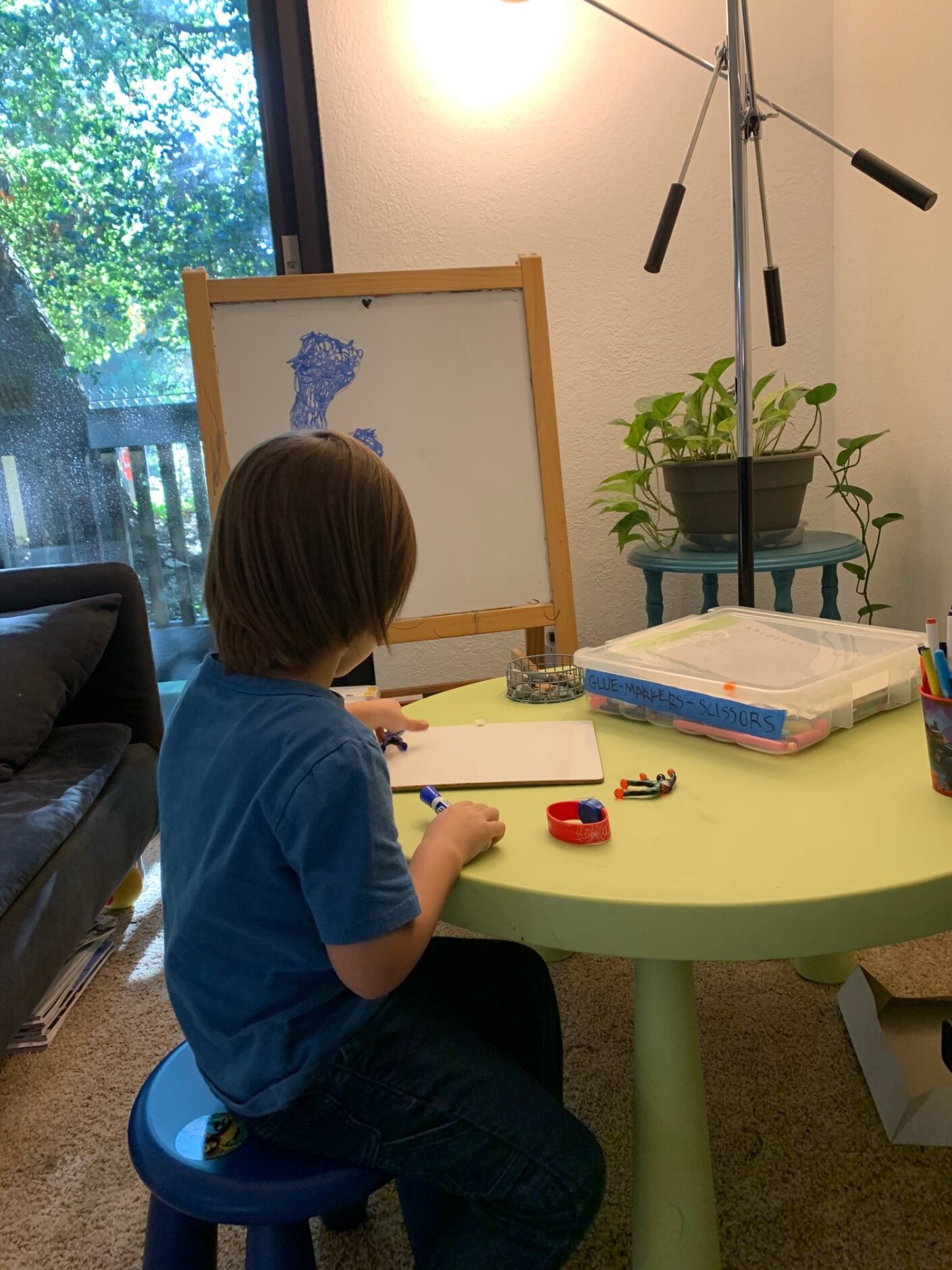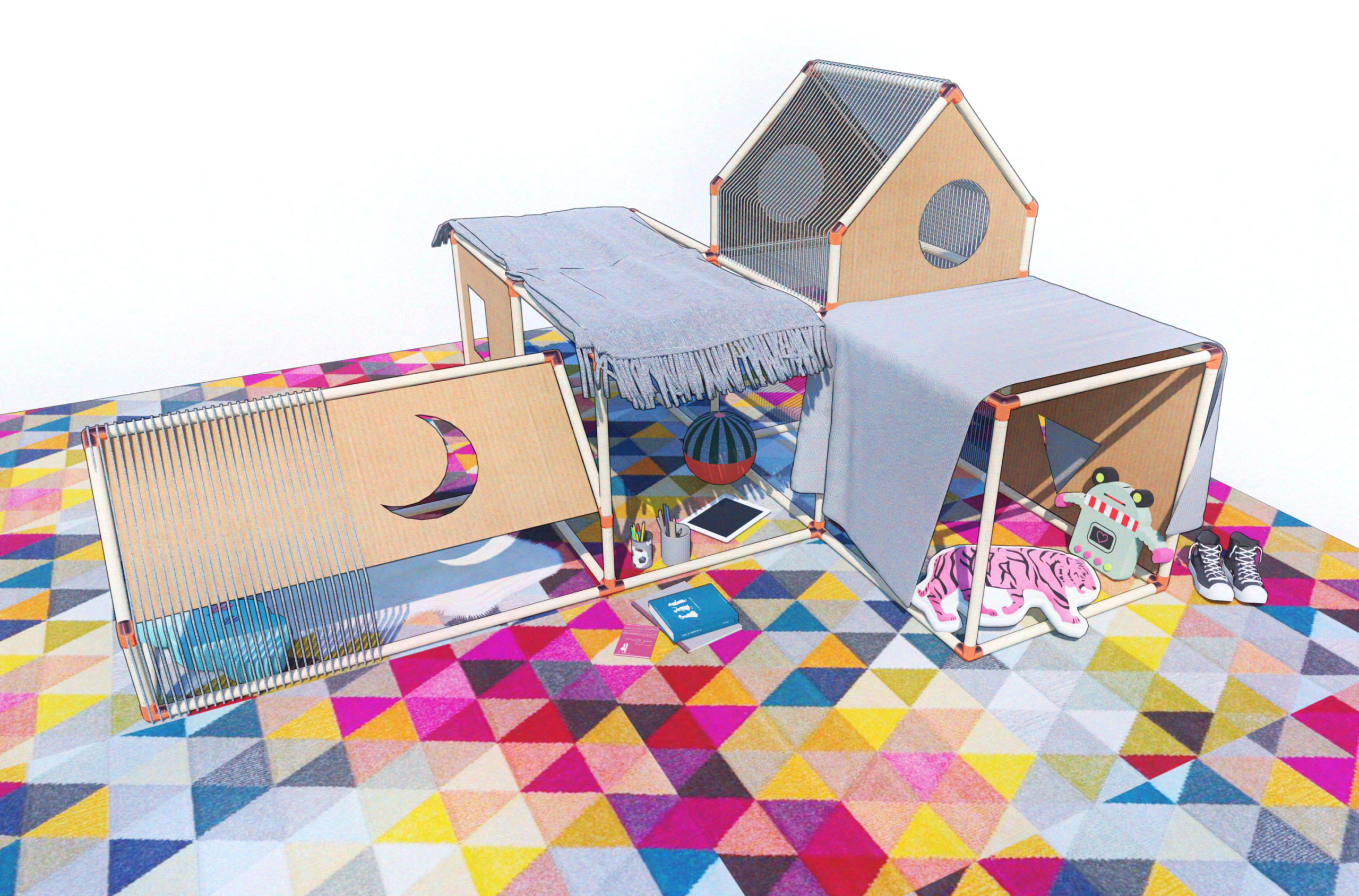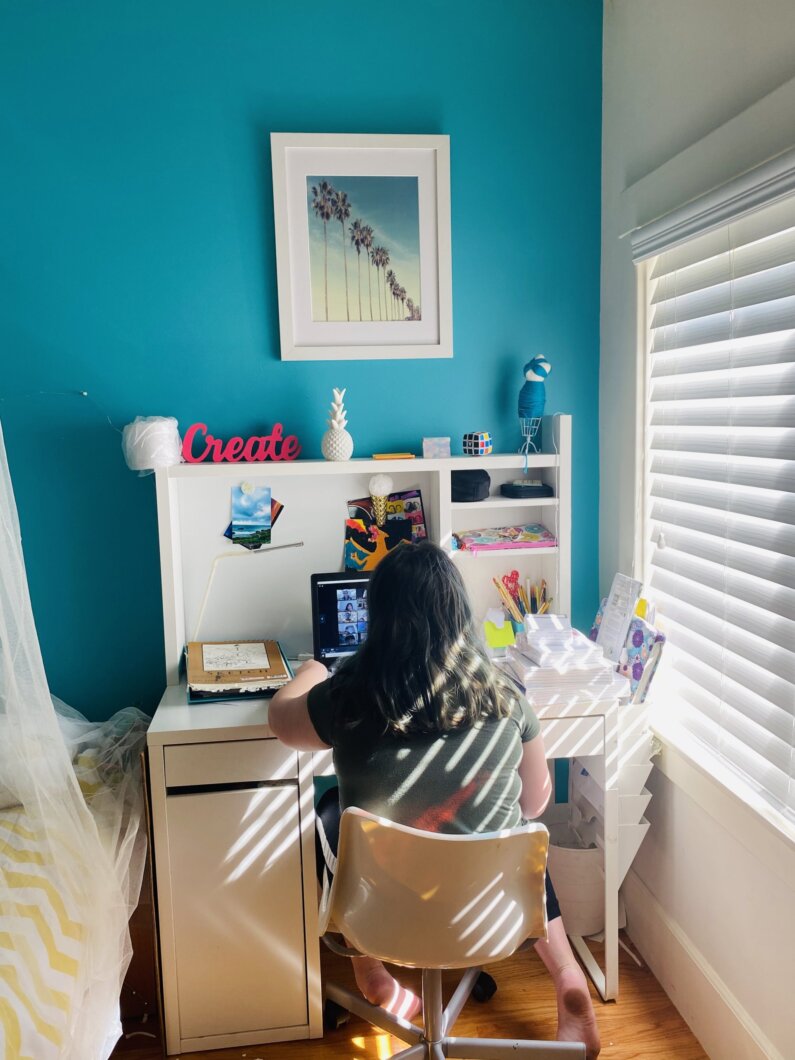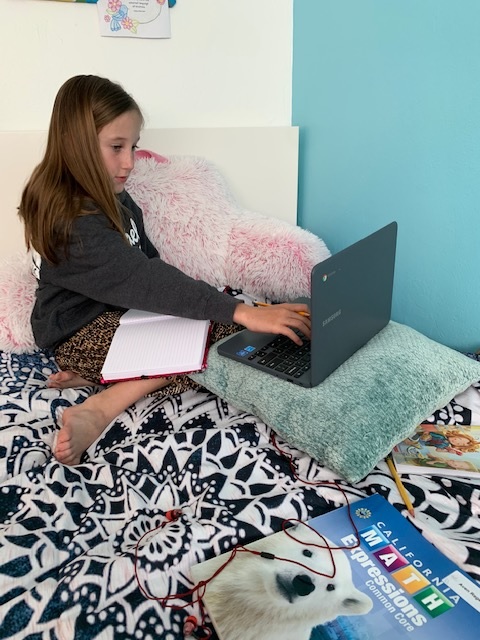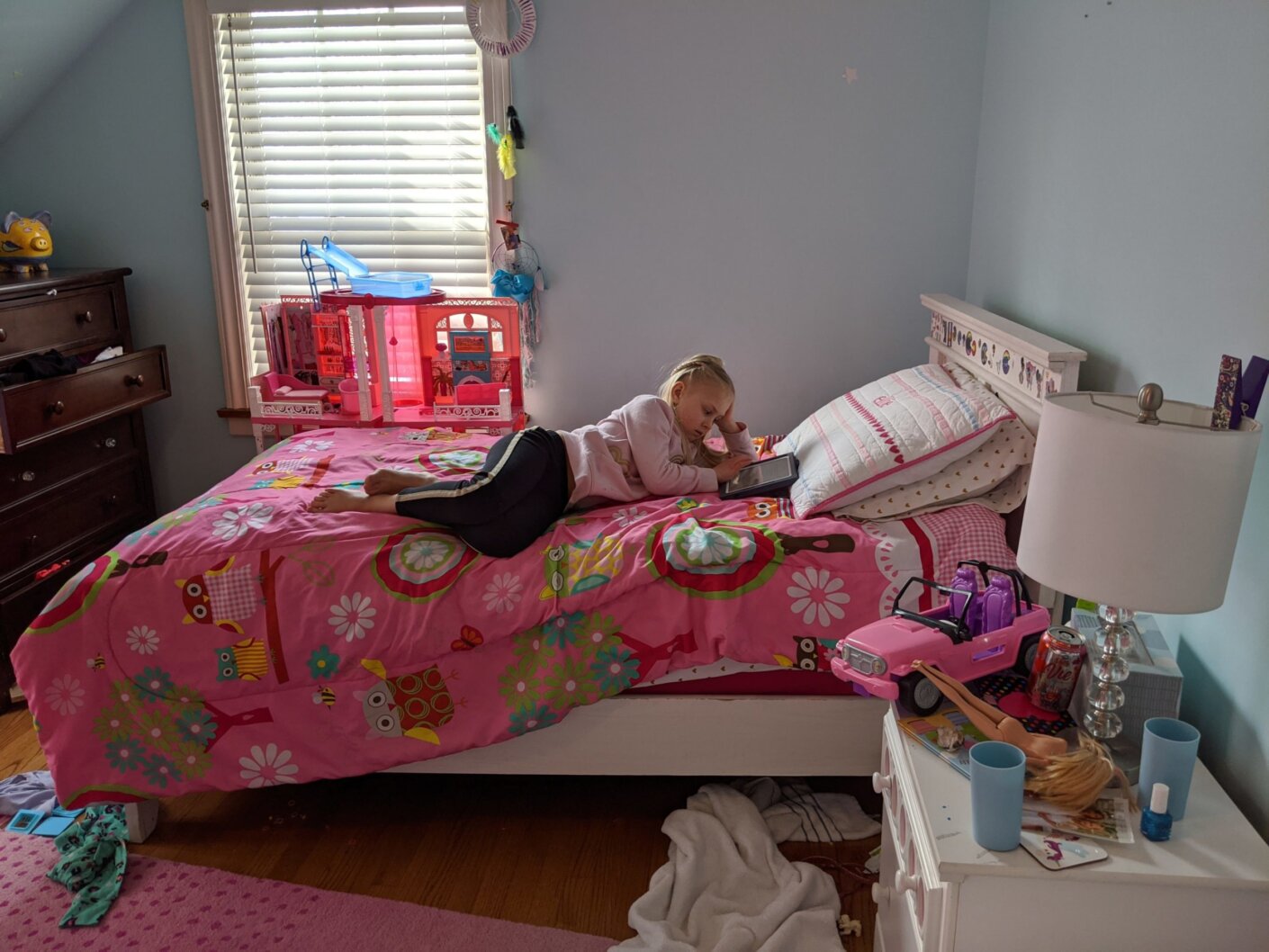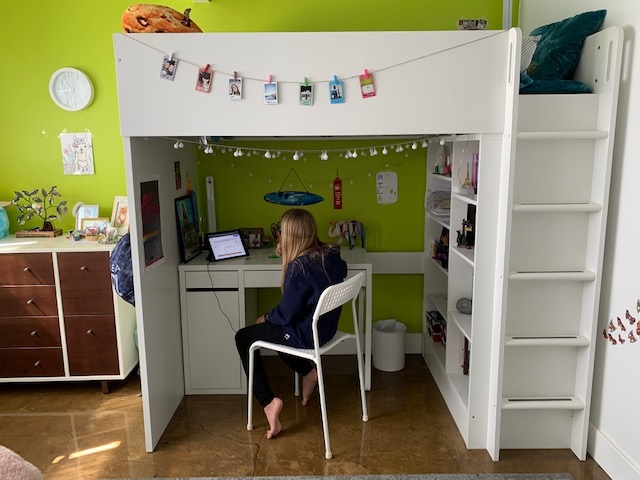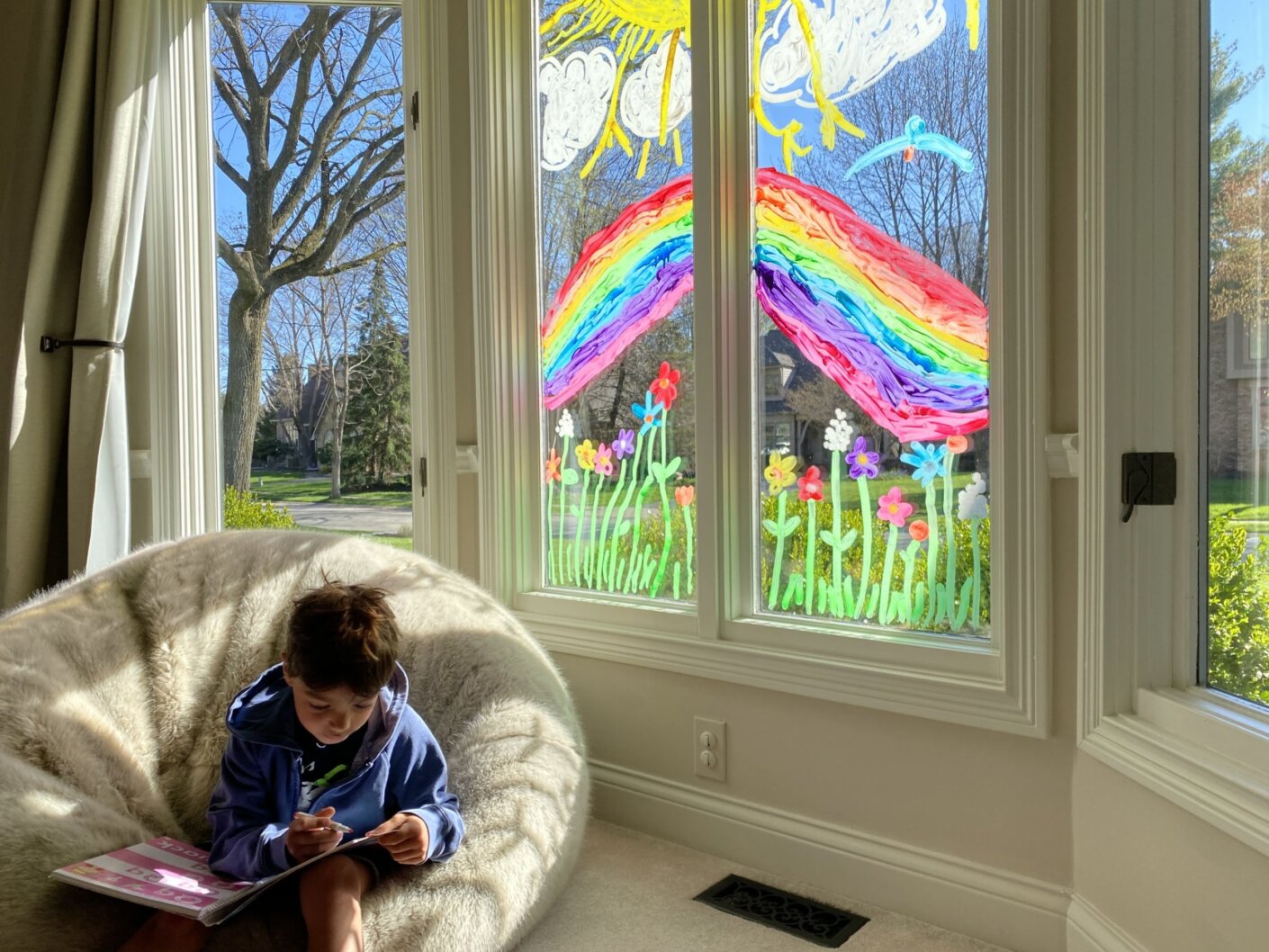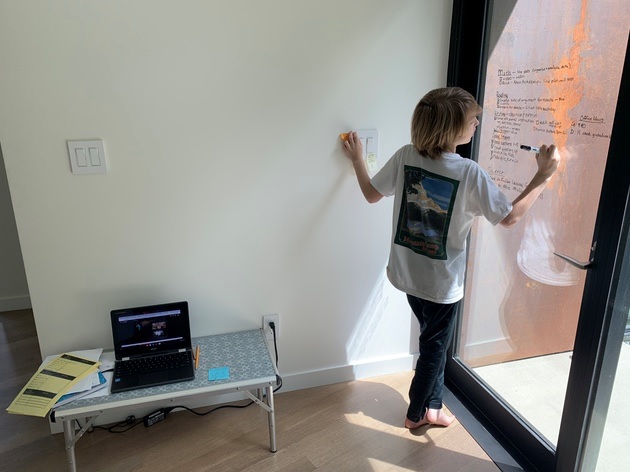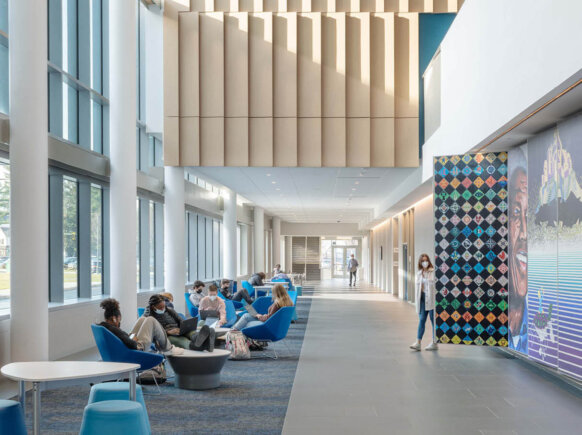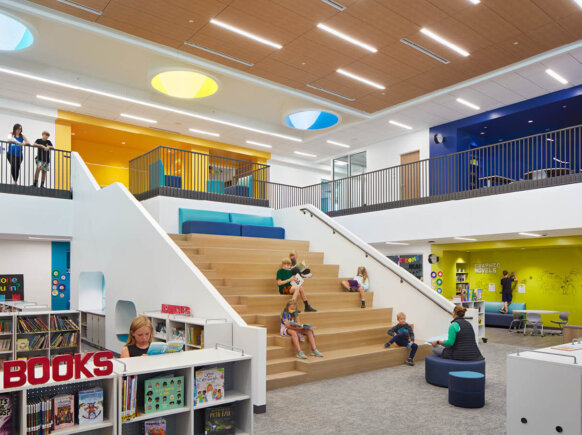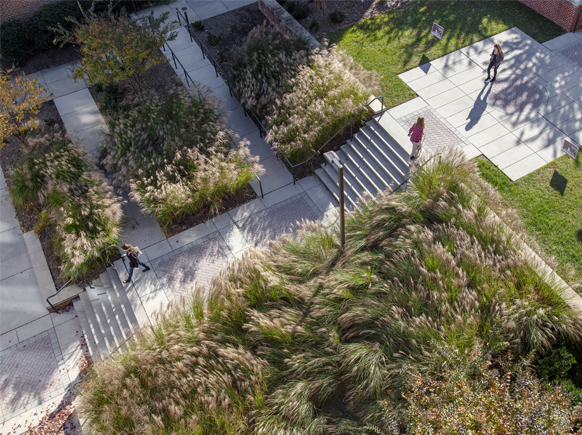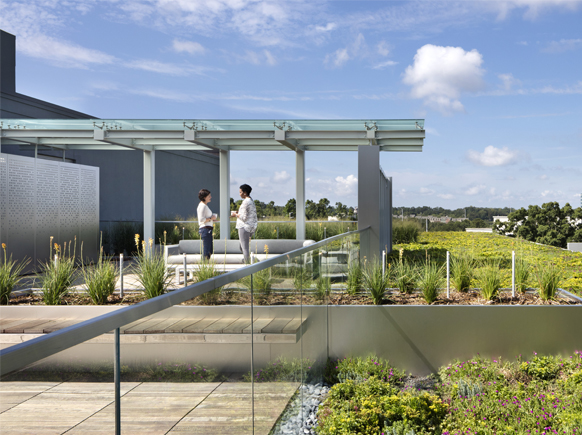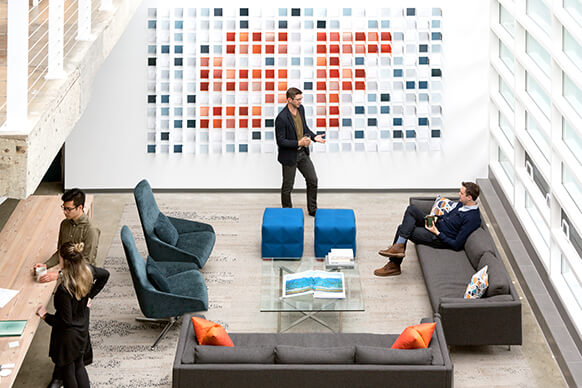This story is part of our insight series around the impact of the COVID-19 pandemic.
Life in lockdown is hard on learning. I’ve seen this with my own children, ages five and eight. Not only are there the emotional disappointments of not getting to see and be with their teachers and friends; but the physical challenges of where to learn are very real.
There are a handful of environmental essentials for learning. We think about these when designing for education—whether for a preschool space, college or other age group. As an educational designer, I am constantly trying to maximize elements that contribute to student success like fresh air, natural light and quality furniture. But when designing spaces for schooling at home, parents have to get scrappy and work with what we have on hand.
